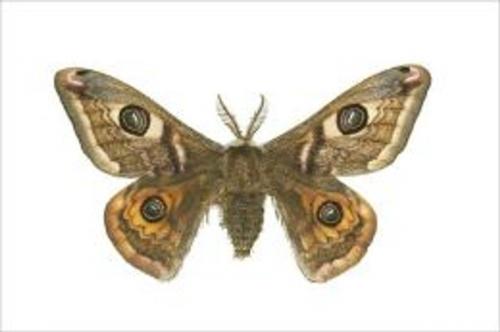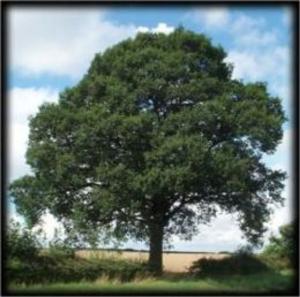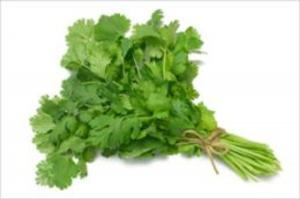A Crash Course on How to Get Rid of Moths
Nonfiction, Home & Garden, The Home, Outdoor & Recreational Areas, Science & Nature, Nature, Insects & Spiders, Cleaning & Caretaking| Author: | Clyde Fletcher | ISBN: | 1230000105267 |
| Publisher: | Axel Publishing | Publication: | February 9, 2013 |
| Imprint: | Language: | English |
| Author: | Clyde Fletcher |
| ISBN: | 1230000105267 |
| Publisher: | Axel Publishing |
| Publication: | February 9, 2013 |
| Imprint: | |
| Language: | English |
A Crash Course on How to Get Rid of Moths
Most moth species are nocturnal in nature. While some are harmless and others are known to be beneficial for their silk and nutritional value, most moths and caterpillars are considered nuisance pests. A few, including the Io moth, the Saddleback caterpillar moth and the Southern flannel moth, are more sinister because the larvae can sting. Particularly in agricultural communities, some moth and caterpillar populations cause severe damage.
Gypsy moth caterpillars are known to damage forested areas in the Northern United States. Fruit farms suffer from codling moth infestations, while cabbages and mustard crops are often destroyed by the diamondback moth. Some moth larvae are known to consume cotton, tomatoes and corn. These larvae are commonly referred to as cotton bollworms, tomato fruitworms and corn earworms. Some moth species are also known to eat fabrics made from natural fibers, such as wool and silk.
There is much discussion regarding whether certain woods,such as juniper and cedar, actually get rid of moths. Natural lavender oil has been reported to discourage infestations. Mothballs containing insecticides like para-dichlorobenzene are commonly used in homes and are considered to be an effective way of prevention. However, mothballs can be dangerous for humans and should be kept away from children and pets. Mothballs also produce an unpleasant odor. The use of common pesticides is not advised in treating a moth infestation.
Scroll up... and click on "Buy Now" to deliver almost instantly to your Kobo or other reading device.
A Crash Course on How to Get Rid of Moths
Most moth species are nocturnal in nature. While some are harmless and others are known to be beneficial for their silk and nutritional value, most moths and caterpillars are considered nuisance pests. A few, including the Io moth, the Saddleback caterpillar moth and the Southern flannel moth, are more sinister because the larvae can sting. Particularly in agricultural communities, some moth and caterpillar populations cause severe damage.
Gypsy moth caterpillars are known to damage forested areas in the Northern United States. Fruit farms suffer from codling moth infestations, while cabbages and mustard crops are often destroyed by the diamondback moth. Some moth larvae are known to consume cotton, tomatoes and corn. These larvae are commonly referred to as cotton bollworms, tomato fruitworms and corn earworms. Some moth species are also known to eat fabrics made from natural fibers, such as wool and silk.
There is much discussion regarding whether certain woods,such as juniper and cedar, actually get rid of moths. Natural lavender oil has been reported to discourage infestations. Mothballs containing insecticides like para-dichlorobenzene are commonly used in homes and are considered to be an effective way of prevention. However, mothballs can be dangerous for humans and should be kept away from children and pets. Mothballs also produce an unpleasant odor. The use of common pesticides is not advised in treating a moth infestation.
Scroll up... and click on "Buy Now" to deliver almost instantly to your Kobo or other reading device.















